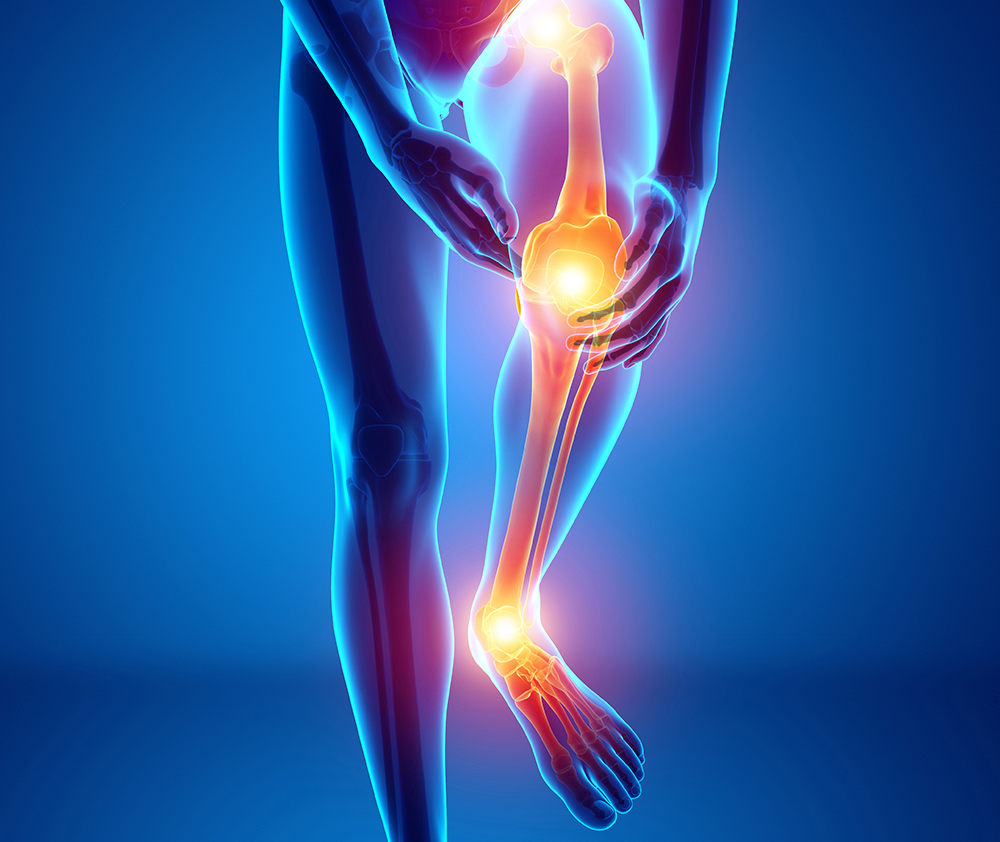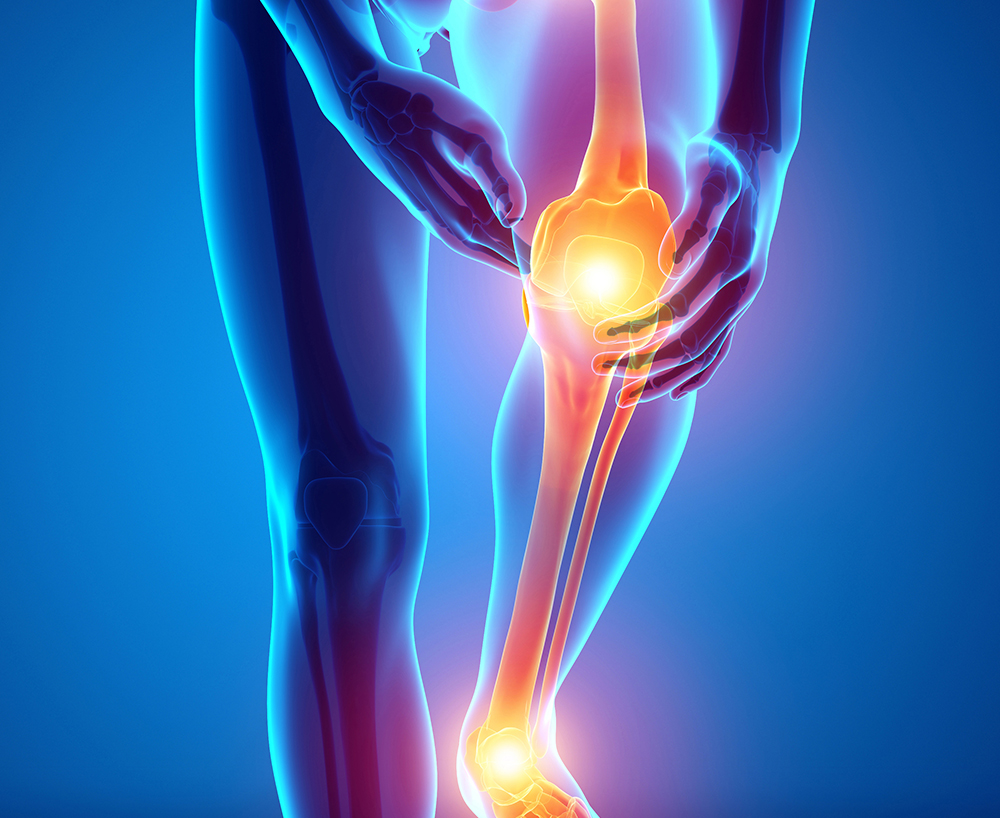Knee & Leg pain

Knee Pain:
Knee pain can be caused by various factors, including misalignment, injuries, and underlying medical conditions. When it comes to knee pain related to alignment issues, the following symptoms and conditions may be involved:
- Malalignment: Malalignment refers to the misalignment of the bones and structures around the knee joint. This can occur due to factors such as poor posture, muscle imbalances, or structural abnormalities. Symptoms may include pain, instability, and difficulty walking or bearing weight on the affected leg.
2. Patellofemoral Pain Syndrome (PFPS): Also known as runner’s knee, PFPS involves pain around or behind the kneecap (patella). It can be caused by malalignment of the patella, such as a misaligned patellar tracking or improper movement of the kneecap during knee flexion and extension. Common symptoms include knee pain, especially during activities like running, squatting, or climbing stairs.
3. Genu Valgum (Knock Knees): Genu valgum is a condition characterized by knees that angle inward, causing the lower legs to curve outward. This misalignment puts additional stress on the inner knee joint, leading to pain and discomfort. Other symptoms may include difficulty walking, knee instability, and abnormal wear on the inner side of the knee joint.
4. Genu Varum (Bow Legs): Genu varum refers to a condition where the knees are angled outward, resulting in a noticeable gap between the lower legs when the ankles are together. Bow legs can lead to knee pain and instability, particularly on the outer side of the knee joint. It can also contribute to an increased risk of developing osteoarthritis.
5. IT Band Syndrome: The iliotibial (IT) band is a fibrous band of tissue that runs along the outside of the thigh, from the hip to the shin. When the IT band becomes tight or inflamed, it can cause lateral knee pain. Misalignment issues, such as leg length discrepancy or foot pronation, can contribute to IT band syndrome.
6. Patellar Tracking Disorder: Patellar tracking disorder occurs when the patella does not move smoothly within the trochlear groove at the end of the thigh bone (femur). This can result in knee pain, especially during activities that involve bending and straightening the knee. Malalignment of the patella, weak thigh muscles, or imbalances in muscle strength can contribute to this condition.
It’s important to note that an accurate diagnosis of knee pain and alignment issues requires a comprehensive evaluation by a Neuromechanical Impulse professional, such as an orthopedic specialist, physical therapist or chiropractor. They can assess your symptoms, perform physical examinations, and may order imaging tests to determine the underlying cause of your knee pain. Treatment options will depend on the specific condition diagnosed, and may employ various treatment protocols.
Leg Pain:
Leg pain resulting from poor alignment or posture can occur due to the strain placed on muscles, joints, and other structures. Here are some leg pain symptoms and conditions commonly associated with poor alignment or posture:
Nerve impingement: (click to preview)
Poor alignment or posture can lead to nerve impingement, such as sciatica. The compression or irritation of nerves can cause pain, numbness, tingling, or weakness in the legs.
Foot and ankle pain: (click to preview)
Misalignment or poor posture can lead to foot and ankle pain. Conditions such as plantar fasciitis, Achilles tendonitis, or flat feet can occur due to improper alignment and strain on the feet and ankles.
Shin splints: (click to preview)
Poor alignment or posture can contribute to shin splints, which cause pain along the front or inside of the shinbone (tibia). Imbalances and strain on the lower leg muscles due to poor alignment can increase the risk of developing shin splints.
Knee pain: (click to preview)
Poor alignment or posture can affect the alignment and tracking of the kneecap (patella), leading to knee pain. Conditions such as patellofemoral pain syndrome (PFPS) or iliotibial band syndrome (ITBS) may occur, causing pain in the front or sides of the knee.
Hip pain: (click to preview)
Misalignment in the hips can put excessive stress on the hip joint and surrounding muscles. This can result in hip pain that can radiate into the legs, particularly the buttocks, thighs, or groin area.
Lower back pain: (click to preview)
Poor alignment or posture, particularly in the lower back, can lead to muscle imbalances and strain, resulting in lower back pain. This pain can radiate down the legs and cause discomfort.
Consulting with a Neuromechanical Impulse healthcare professional, such as a physical therapist or chiropractor, can provide a more accurate assessment of your alignment and posture issues. They can develop a personalized treatment plan that includes exercises, manual therapy, and postural guidance to address the underlying causes of leg pain and improve overall alignment.
While under Neuromechanical Impulse care you may be directed to additional exercises and stretches targeting the affected areas, strengthening weak muscles, and releasing tight muscles. Practicing good posture habits throughout daily activities and using ergonomic support, such as proper footwear or supportive seating, can also help alleviate leg pain.
In Conclusion
Leg and knee conditions can significantly impact daily life, depending on their severity and the individual’s overall health. Here are some common ways leg and knee conditions can affect daily activities:
Mobility limitations: (click to preview)
Leg and knee conditions can lead to pain, stiffness, instability, and reduced range of motion, making it difficult to walk, climb stairs, or perform routine activities. This can limit independence and require assistive devices like canes, crutches, or walkers.
Decreased physical activity: (click to preview)
Pain and discomfort can discourage individuals from participating in physical activities they once enjoyed, leading to a more sedentary lifestyle. Lack of exercise can result in weight gain, muscle weakness, and reduced cardiovascular fitness.
Difficulty with work: (click to preview)
Jobs that involve standing, walking, or physical labor can become challenging or impossible to perform with leg and knee conditions. This may require modifications to work environments, job duties, or even necessitate time off from work.
Impact on hobbies and recreational activities: (click to preview)
Leg and knee conditions can hinder participation in recreational activities such as sports, dancing, hiking, or gardening. Loss of enjoyment in hobbies and leisure activities can affect emotional well-being and social interactions.
Sleep disturbances: (click to preview)
Pain and discomfort in the legs or knees can make it difficult to find a comfortable sleeping position, leading to disrupted sleep patterns and fatigue.
Emotional impact: (click to preview)
Living with chronic leg and knee conditions can cause emotional distress, frustration, and a decreased quality of life. Individuals may experience stress, anxiety, depression, and a sense of isolation due to limitations on daily activities and social interactions.
Dependency on others: (click to preview)
Severe leg and knee conditions may require assistance from family members or caregivers for activities of daily living, such as dressing, bathing, or household chores.
Neuromechanical Treatment gets to the root cause of symptom expression and relieves pain by addressing the cause rather than masking the symptom.
Primary Care Doctors
Many primary care practitioners support a wide range of care including Neuromechanical Impulse treatment. Your primary care doctor is likely to refer you to a Doctor of Osteopathic Medicine or a Doctor of Chiropractic specializing in Impulse care.
Rheumatology Doctors
Neurosurgery Doctors
Orthopedic Doctors
Osteopathic Doctors
Chiropractic Doctors
Narrowly focused training in systemic nervous systems, tendon/ligament, mechanical joint movement and conditions of the spine. Notably a most predominant group implementing this care, their hands-on experience and practical knowledge proves advantageous in Neuromechanical Impulse Treatment.
Neuromechanical Impulse Common Treatment Areas
Neuromechanical Impulse addresses over 85 common and advanced conditions. The following examples are some of the most comon.

Shoulder-Arm-Wrist
Shoulder, arm, and wrist pain are common complaints that affect millions of people worldwide. The pain can range from mild discomfort to severe pain, and it can be caused by a variety of factors, including injury, overuse, or underlying medical conditions.
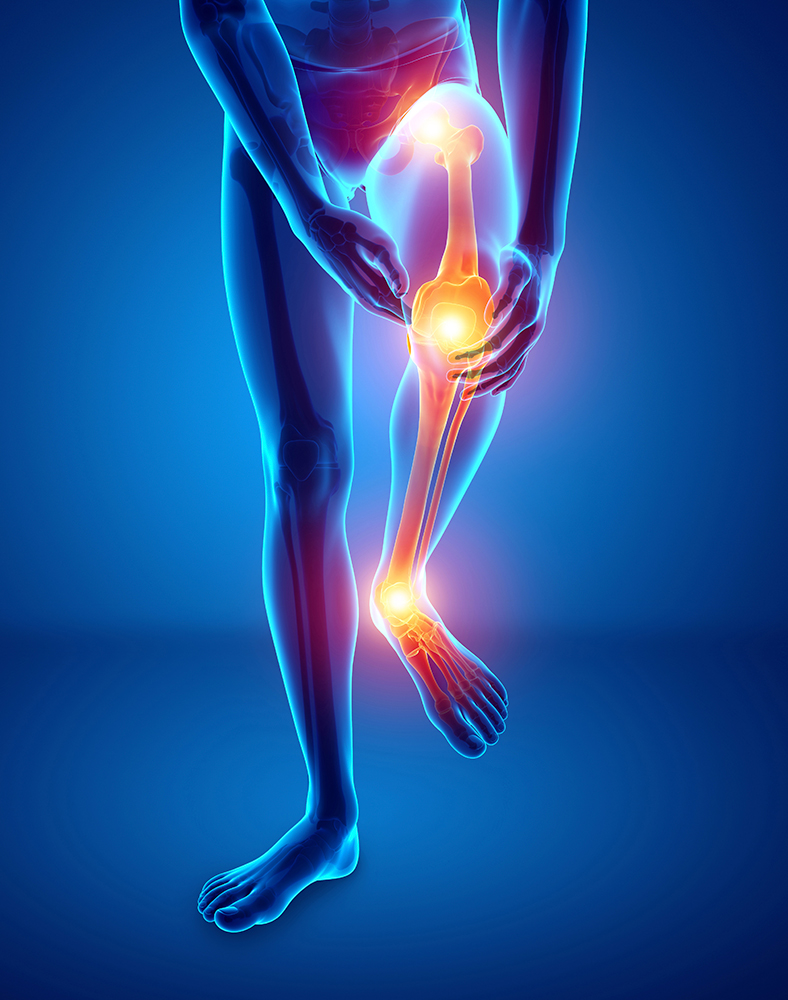
Knee-Leg
Knee and leg pain can be caused by including injuries, overuse, and various medical conditions.
Leg and knee conditions can significantly impact daily life, depending on their severity and the individual's overall health. Here are some possible causes and remedies for knee and leg pain:
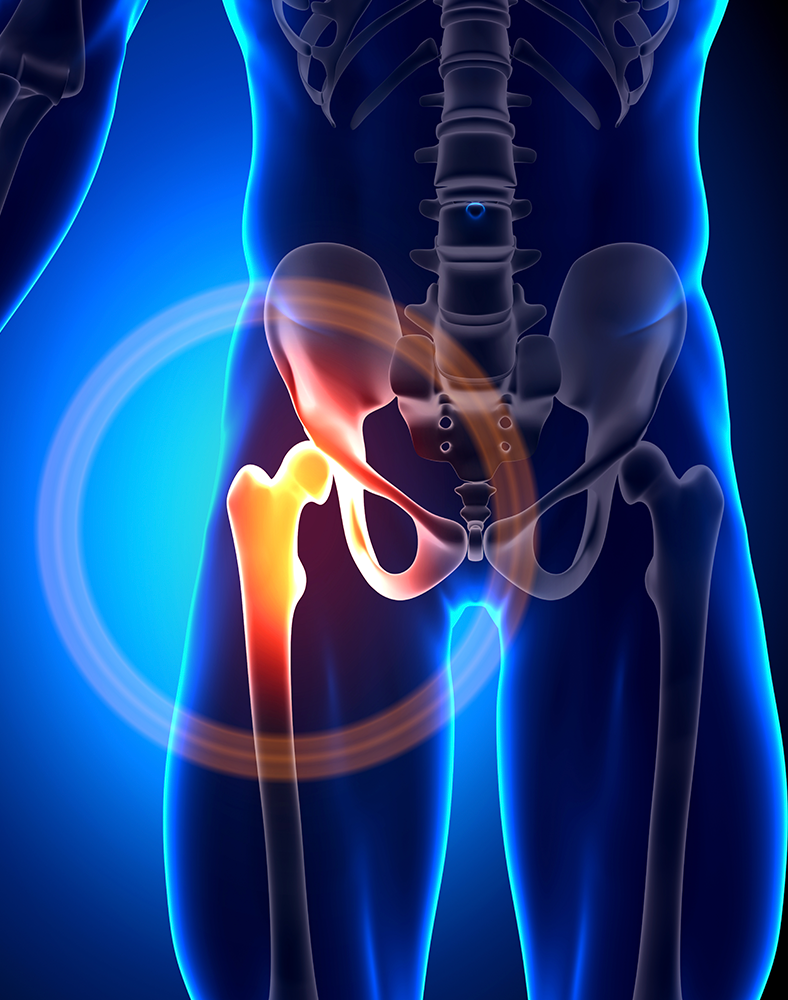
Hip-Pelvis
The pelvis and hip are interconnected structures that play crucial roles in supporting the upper body, providing stability, and facilitating movement. Various conditions can affect the pelvis and hip, including injuries, degenerative diseases, and structural abnormalities.
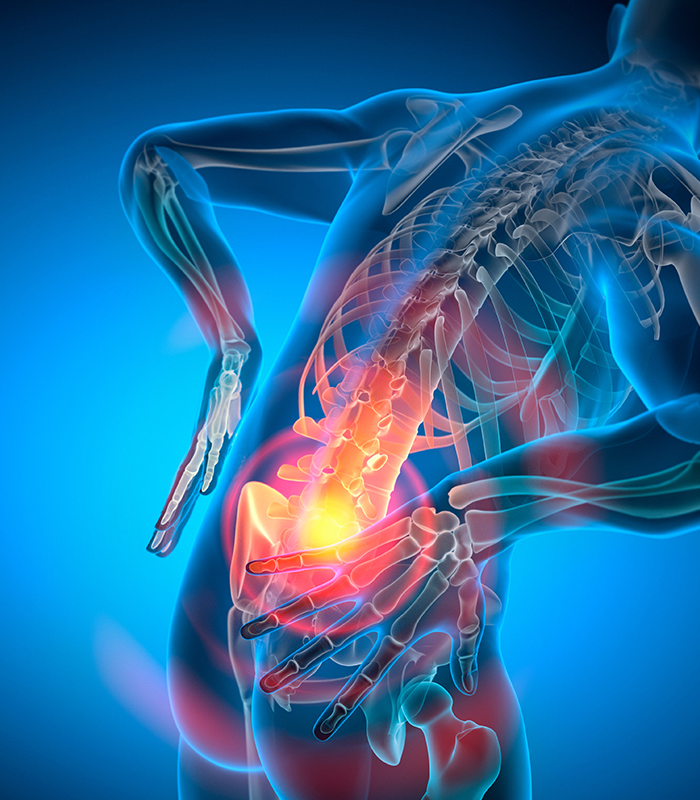
Lower Back-Sciatic Nerve
Lower back pain is a common condition that can be caused by various factors, such as muscle strains, herniated discs, spinal stenosis, or degenerative disc disease.
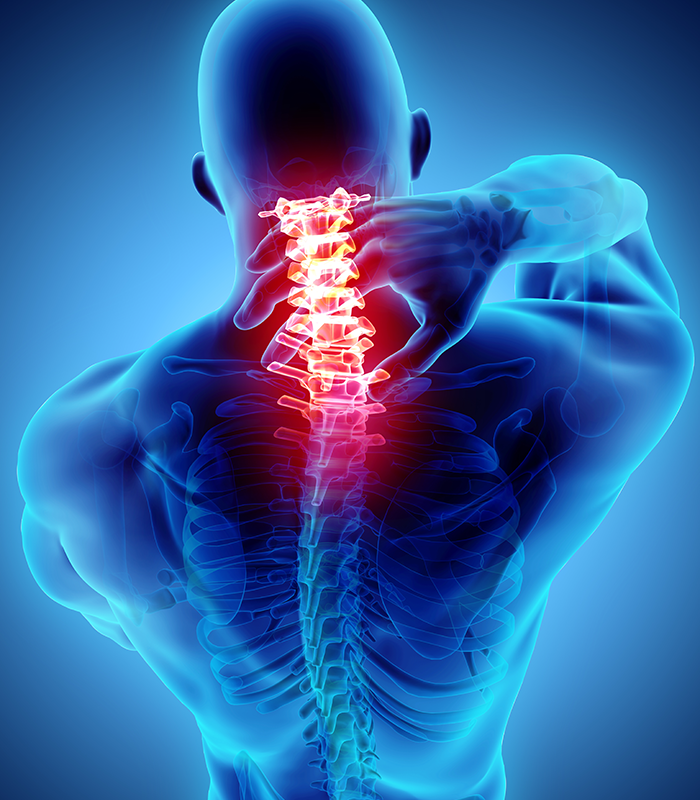
Neck-Spine
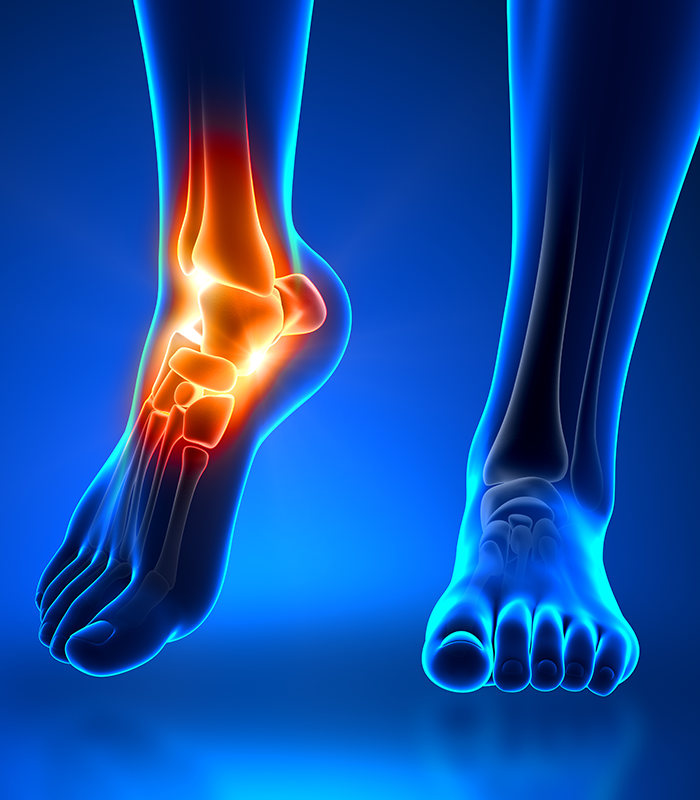
Ankle & Foot
Your Wellness Journey
Starts Here
Please use this form for help with Neuromechanical Impulse Therapy.
We will connect you with a practitioner in your area.

